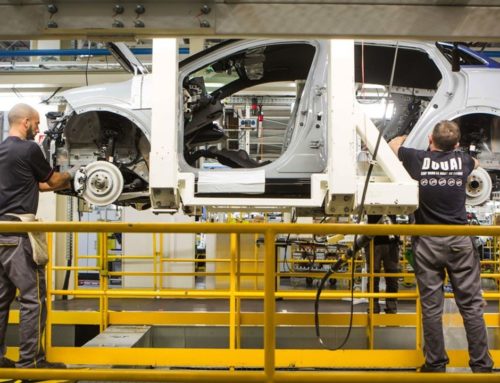In talks for a new contract with the union, GM offered to create 5,400 new jobs, invest $7 billion in various facilities, and increase wages and benefits. Among other demands, the UAW wants a greater share of GM profits—the automaker has reported $35 billion in operating profit in North America over the past three years—and for GM to reopen an Ohio plant it closed in March. GM announced the closure of that plant, in Lordstown, late last year, along with job cuts and the elimination of many sedan and compact models. It has balanced that withdrawal with plans to introduce 20 new, all-electric models by 2023, its first big step in an $8 billion bid to (someday) stop building gas- and diesel-powered rides altogether.
That change comes with a worrisome footnote for auto workers around the world. Last year, a study by Germany’s Fraunhofer Institute for Industrial Engineering IAO found that by 2030, a moderate shift to electric propulsion could leave 75,000 Germans out of work—even accounting for the creation of 25,000 new jobs. That’s because batteries and motors are far simpler machines than internal combustion engines, and require a few hundred parts instead of a few thousand. That’s the same reason maintenance costs for EVs are so low—a problem for dealerships that rely on servicing cars for profits. Fewer parts mean fewer people.
Sourced through Scoop.it from: www.wired.com






Leave A Comment